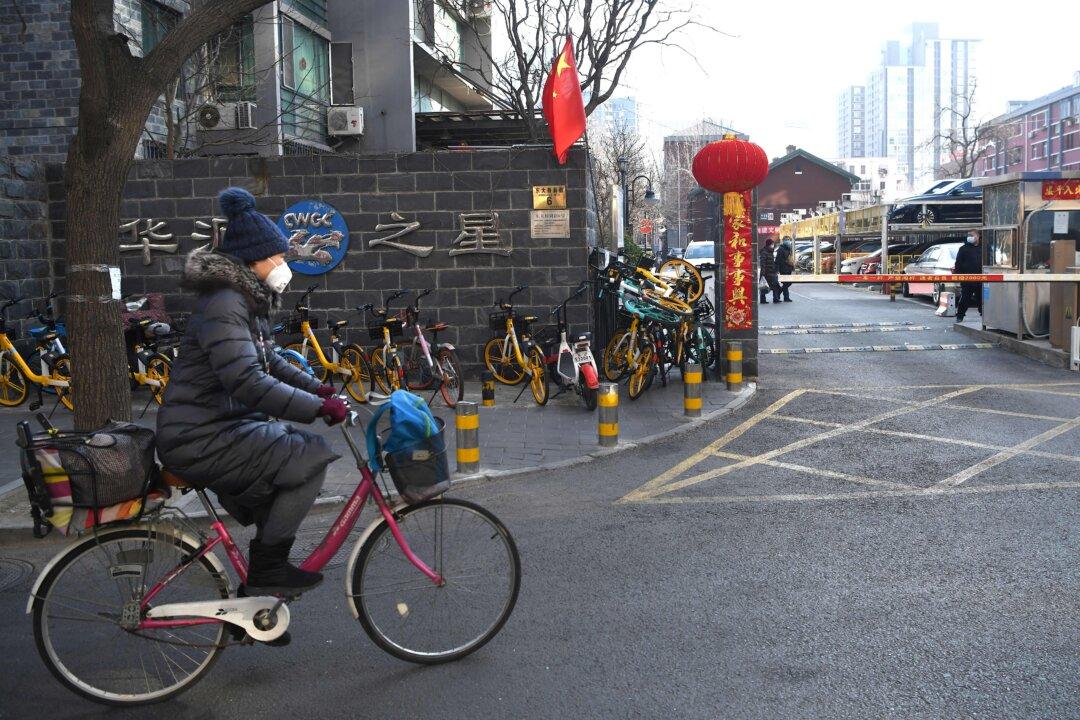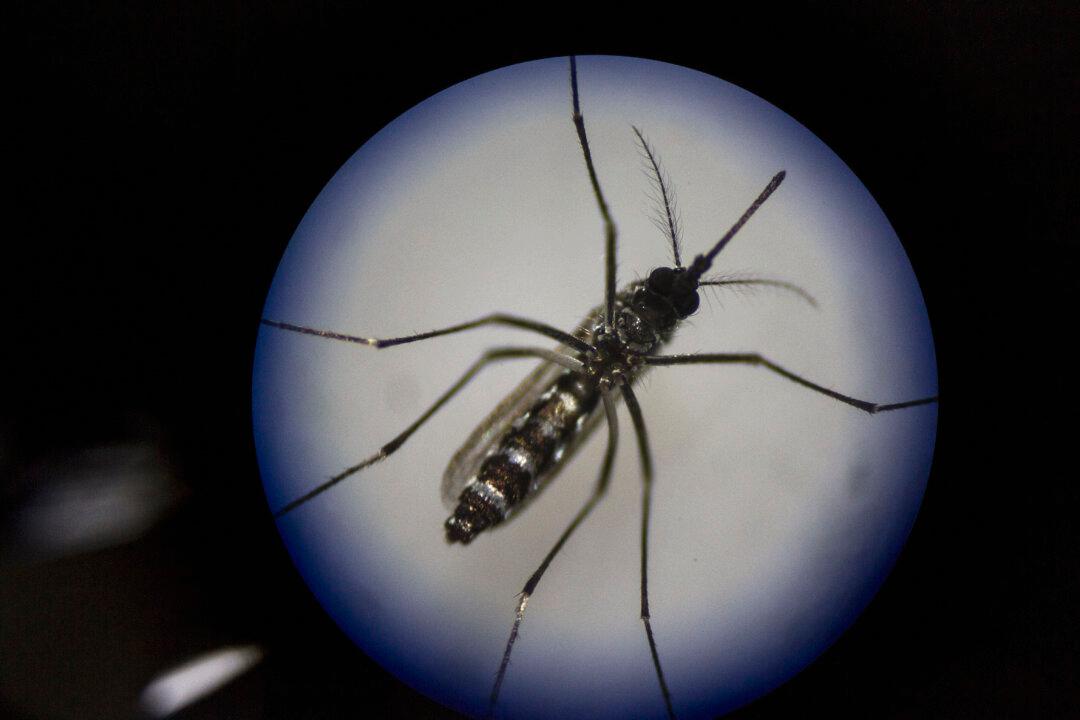Van Gogh’s Lost Provenance in World War II might cause a stir.
Stolen art and Holocaust provenance are serious legal problems for the Metropolitan Museum of Art. In 2000, then director Philippe De Montebello attended the Presidential Commission on Holocaust Assets and under oath gave this testimony: “The Met has long kept the public informed about all aspects of its collections.”
Reconcile that with their deliberate refusal to release condition reports requested under the Freedom of Information Act (FOIA) on Vincent van Gogh’s Wheat Fields with Cypresses, an alleged fake, makes you wonder. Add to that contrast the words—“Solid provenance”—coming from the Met Curator for European Art Susan Alyson Stein to me, used to describe the $57 million gift to the museum in 1993, and wonder turns into speculation.
One painting—“the most expensive purchase ever made by the Metropolitan,” as written in the bio of Gary Tinterow, then Met curator and today the director of the Museum of Fine Arts, Houston, TX—has journeyed through the hands of two forgers: One suspected, the other a convicted felon.
In between, Wheat Field with Cypresses, among other artworks collected by the descendants of the 19th century German composer Felix Mendelssohn’s family, survived both the wealth destruction instilled by Nazi policies and the battles in Germany during World War II.
When one examines the provenance of Wheat Field they find:
- Franz von Mendelssohn, Berlin (1910–d. 1935);
- Von Mendelssohn family, Germany, later Switzerland (1935–51;
- Sold through Fritz Nathan to Emil Bührle, Zurich (1951–d. 1956);
- Dieter Bührle, Zurich (1956–93).
The painting was in the Berlin vicinity from 1932 to 1945. That is the entire existence of the Third Reich. Ruined by the Nazi policies, Deutsche Bank liquidated Mendelssohn & Co. bank, which was founded in 1795, in five short years. Both banker brothers in Franz and Paul von Mendelssohn, who were influenced by their artistic children to become art collectors at the start of the 20th century, died in 1935.
Nazi Arms Manufacturer Becomes Art Collector
Emil George Bührle has been described as a German cavalry officer during World War I. When the Great War concluded and the Treaty of Versailles restricted German arms production, Emil relocated the family business to Switzerland in 1924. The German concern, a munitions arms manufacturer, originally named Magdeburg Machine Tool Factory, was renamed Oerlikon Machine Tool Works Bührle & Co., for its location in Oerlikon, Switzerland.
The move to “neutral” Switzerland helped Germany evade the restrictions of rearmament. In less than a decade, the new Swiss company became the leading manufacturer of antiaircraft guns for the rearming of Germany. To be fair, Emil Bührle sold the same 20mm cannon to everyone, including the allies.
Business was very good for Emil Bührle with his newfound Nazi friends in high places. And with his sudden wealth he began to collect French Impressionist paintings at an opportune time in the market post German occupation of Paris.
Towards the end of the war, the United States applied trade sanctions to force the Swiss to cut off supplies to the Nazis next door. Called “Operation SafeHaven” by the OSS, the forerunner to the CIA, was a mission to deny the Germans a chance to stash stolen assets, rearm, and rebuild the Nazi party after the war was over.
Today, some 10,000 works of art remain missing from the war on the European continent.
Those sanctions forced the Swiss not to accept Reichmarks. But plenty of Nazi gold and stolen art made its way over the border. To this very day the Bührle family museum, established in 1960, admits that some of the art came from Feldmarschall Hermann Göring, as barter to pay for the last spiteful round of bullets when Allied Forces closed in for the kill of the dying Nazi regime.
Emil Bührle died in 1956. He left the family business to his son Dieter, and while there is no mention of what Dieter did during the war, there is a wealth of information and insight into his behavior in the decades that followed.
In 1970, Dieter Bührle was convicted in a Swiss Court of forging export documents, sales certificates so he could hide that he was illegally shipping machine-guns and munitions to Egypt and Saudi Arabia. Although he did no time with a suspended prison sentence—three of his colleagues were jailed—he was fined and stripped of serving on boards of other companies and institutions.
The same year, Egypt and Saudi Arabia began planning the 1973 Yom Kippur War, with the ensuing Arab oil boycott if they lost the war with Israel they started on a religious holiday. Dieter Bührle, the convicted felon, who long skirted the law, as long as the sales of arms “didn’t hurt Switzerland,” later went on to sell guns to apartheid era South Africa. In 2001, he was a caught selling arms to Iran, which was under sanctions for its nuclear program by the United States and the European Union.
To this day Iran is listed as one of the countries still sporting Oerlikon-Bührle weaponry in its inventory, as they possess: “92 GDF-002 units, used with Skyguard & Super Fledermaus FC radars.”
In 1990, before Dieter Bührle sold Wheat Field to the Annenberg Foundation, he used a preview party to showcase the only painting he ever sold. Bührle arranged for a rare road show of the family art collection.
One venue was the National Gallery of Art in Washington, DC. The New York Times published a review, “Art view: Was this Exhibition Necessary?” And while conceding the quality of the work, they found the Herman Goring source on some of the art to be morally questionable and one that should have been an embarrassment to the National Gallery.
All of this from a painting with “solid provenance.”
So how should Bührle’s provenance on art be regarded?
“Solid Provenance” Turns Questionable
The May 2, 1996, Memorandum of Understanding between the World Jewish Congress, et al, and the Swiss Bankers Association in New York, Section 3 stated:
“The most famous case of stolen art which has occupied art historians, journalists, and politicians since the 50s is the origin of the private collection of the Swiss arms manufacturer Dieter Bührle (Oerlikon-Bührle). The Bührle dynasty has provided Germany essential weapons in both world wars. In WW II some 80 percent of all German anti-aircraft weapons and ammunition were manufactured in Switzerland [particularly by Oerlikon-Bührle], with deliveries continuing [into] 1945.
“For these last deliveries Germany paid with stolen art treasures, much of which collected by Feldmarschall Hermann Göring. One large and clearly identifiable Jewish collection stolen in Paris thus found its way to the Dieter Bührle collection and–due to Swiss law and practices—Mr. Bührle has been able to fend off French government-supported recovery attempts over the last 40 years. The Swiss penal code gives good title to anybody who managed to hold on to stolen art for more than 30 years. Moreover, Swiss wartime emergency legislation and postwar judgments presume good title for any asset, irrespective of criminal or non-criminal origin, acquired by Swiss citizens from Germany during the Nazi period. The only limitation seems to have been robbery committed by the Swiss acquirer himself.”
Solid provenance, indeed.
If the Metropolitan Museum is serious about upholding De Montebello’s testimony under oath, then it shouldn’t have been a problem for the Met to release the condition report for van Gogh’s Wheat Field with Cypresses.
In 2006, the Met’s Charlotte Hale wrote the condition report. For reasons unknown, Susan Stein initially denied its existence to this writer, then its availability, and then its access.
In an August 2, 2013, letter written by Elyse Topalian, VP of Communications of the Met, in response to an Epoch Times FOIA request on behalf of this author, read:
“The Metropolitan Museum is not a government agency, and as such, the Freedom of Information Acts do no apply to the Museum. We do not distribute condition reports as a matter of policy.”
That’s funny, for a museum, which receives much of its funding, subsidies and tax breaks from all levels of government, for a museum which tried to become its own New York City agency in a budget battle with the mayor in the 1970s, the Met claims to be neither a city agency nor serve the public interest, even though that is contrary to its own mission statement in the museum’s charter.
An email request to the Met to reconcile the museum’s “Provenance Research Project” with the Nazi-era provenance of Wheat Fields with Cypresses went unanswered.
That’s just like the Metropolitan Museum, keeping a closed-door policy shut tight against the public.




